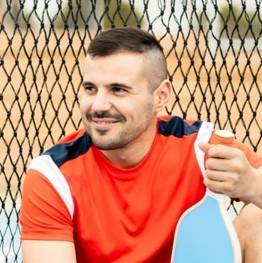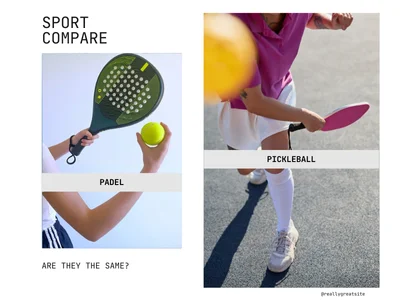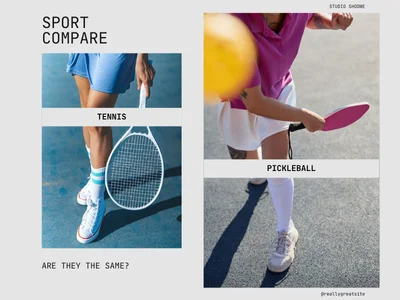“In the sports field, an ongoing debate has piqued the interest of many: Are paddleball and pickleball the same. If not, what are their differences?. This article dives into the heart of this competition, dissecting each sport to uncover which reigns supreme.”
I want to examine the details of each sport, including its rules, scoring, and equipment, its popularity, and the calories it burns,… based on deep research from documents and personal experiences while playing paddle ball and pickleball for several years.
By the end of this article, you will have a clear understanding of both sports and be able to decide which one might suit you better. Let’s find out.
Overall Table
Here is a comparison table for paddle tennis vs pickleball!
| Key Difference | Pickleball | Paddle Ball |
|---|---|---|
| Rules | The ball must bounce once on each side before volleys are allowed. The ‘non-volley zone’ or ‘kitchen’ prohibits volley shots unless the ball bounces first. | Two players hit a ball against a wall. The ball must hit the grass before rebounding off the glass or fence. If the ball hits the glass or fence without touching the grass, it is out. The ball can bounce only once. |
| Scoring | – Only the serving team can score points – Singles (2 numbers) – doubles (3 numbers), played to 11, 15, or 21 points | – Both teams can score – Points are won by a margin of two consecutive points when tied at 40-40 (deuce) |
| Court/Dimensions | – 20 feet wide, 44 feet long – Net height 36 inches at sidelines, 34 inches at center | – 20 feet wide, 34 or 40 feet long – No net – The court has three walls, each 12 feet high |
| Equipment | – Hard plastic balls with 26 to 40 holes Paddles solid without holes, made from composite materials, graphite face – Max length 17 inches, 6-14 ounces | – Small, soft rubber balls – Paddles with holes, rounder, and smaller, typically rubber – 18 inches long, 8 inches wide, 10-14 ounces – Waffle-textured grip |
| Popularity | Fastest-growing sport in the US – 36.5 million players in 2022 – 13.6 million played in 2023 | Popularity data not specified, but generally less popular than pickleball |
| Calories Burned | – A 160-pound person burns 500-700 calories per hour – A 200-pound person burns 700-900 calories per hour | Calorie expenditure is likely similar to pickleball, influenced by the game intensity and player’s weight |
Paddle Ball Vs Pickleball: Are They The Same?
Paddle ball and pickleball are two distinctly different sports! The most notable distinction is the equipment used and court. The paddleball paddle is designed with holes to reduce air friction for faster swings, which is not the case with a pickleball paddle. The court of both also differs in size and layout!
Pickleball is known for its friendly nature and simple rules. It’s particularly straight forward for newbies to learn! However, as players gain experience, it can transform into a fast-paced game. The game’s international popularity is on the rise, with many European and Asian countries now featuring pickleball courts.
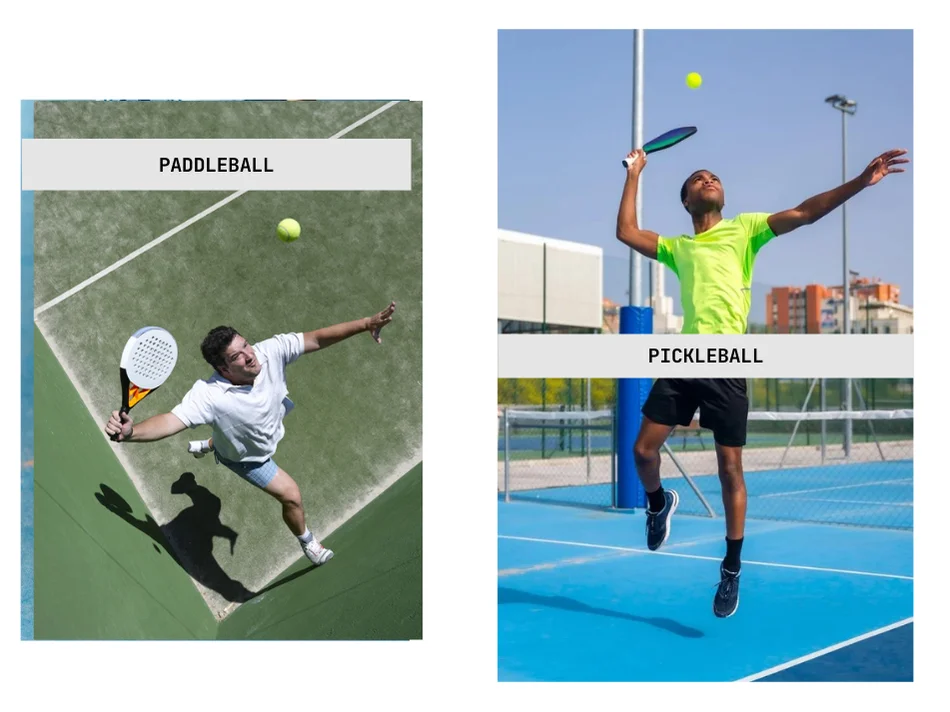
8 Key Differences Between Paddle Ball Vs Pickleball
Game Rule
The key difference between pickleball ball and pickleball rules lies in the serving and bounce rules! After playing many sports for a long time (included both paddle ball and tennis), we realize that pickleball is often considered more approachable and easier for beginners to learn.
In Paddle Tennis, two players stand beside each other & hit a ball against a wall. The first player serves by hitting the ball off the back wall, letting it bounce. The next player then hits the ball back off the wall.
The ball must make contact with the grass before it rebounds off the glass or fence. It will be considered out of play if the ball makes direct contact with the glass or fence without touching the grass. Additionally, the ball is permitted to bounce only once.
Conversely, the Pickleball game begins with an underhand serve from behind the baseline. The server must hit the ball into the opponent’s service court, which is diagonal to them.
After serving, the ball must bounce once before being returned! This rule is known as the ‘double bounce rule.’ A fundamental rule in pickleball is the ‘non-volley zone’ or ‘kitchen,’ where volley shots are prohibited unless the ball bounces first.
Scoring
The key differences in this part are the team can score points and the way to score!
In pickleball, only the serving team can score points based on USA Pickleball Rulebook. Before serving, it’s essential to announce your score verbally.
- In singles, scores are called out with 2 numbers.
- In doubles, scores have 3 numbers. For example, 6-3-2 indicates the serving team’s score, the opposing team’s score, and which server (1 or 2) on the team is serving.
After scoring a point, players should switch to their other service court. Scores are typically called out as three numbers. Pickleball is usually played to 11, 15, or 21 points.
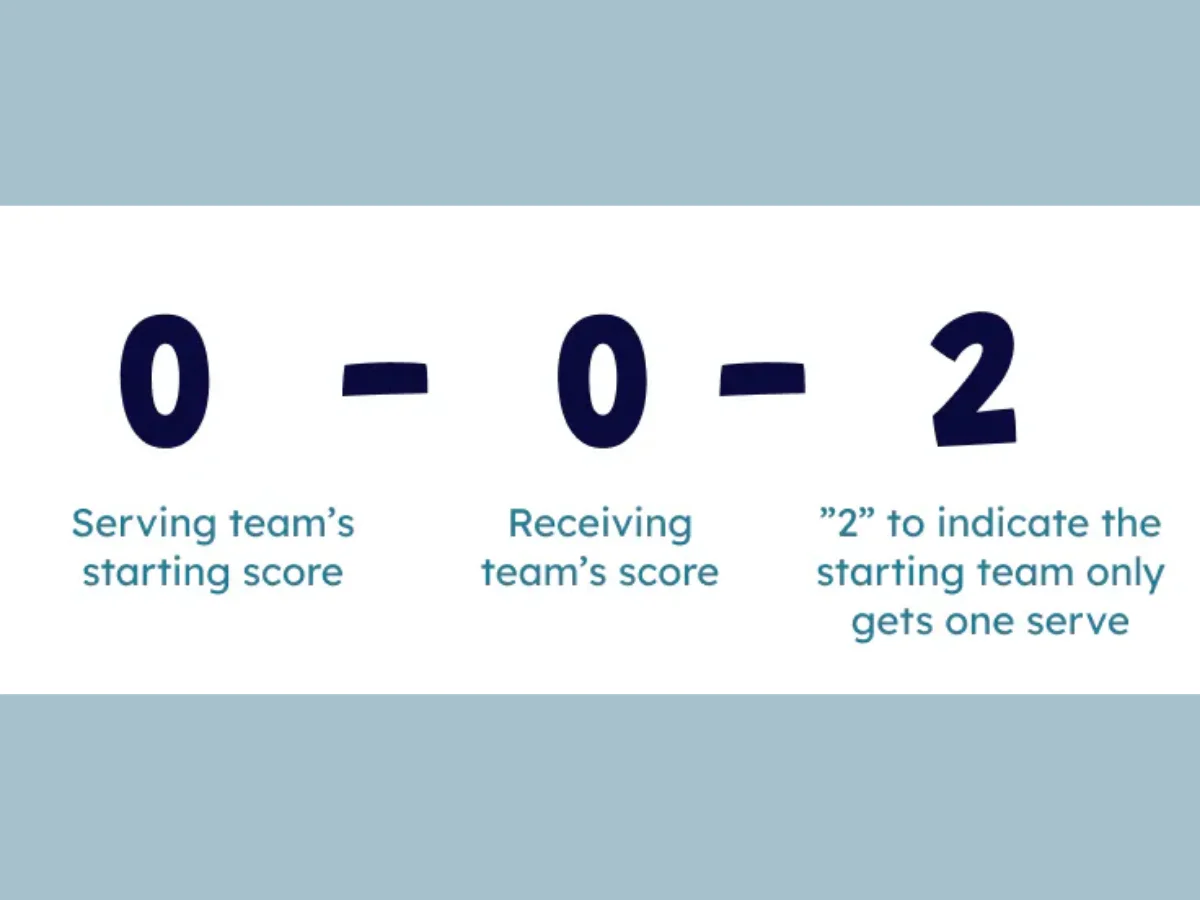
In paddle ball, both teams get the opportunity to score whether they’re serving or returning. Also, the scoring in paddle ball differs from that of other sports. It follows the same scoring system as tennis.
Each player can win every point, and when the score is tied at 40-40 (deuce), the following two points need to be won by a margin of two consecutive points.
Paddle ball games can often go on longer than pickleball games.
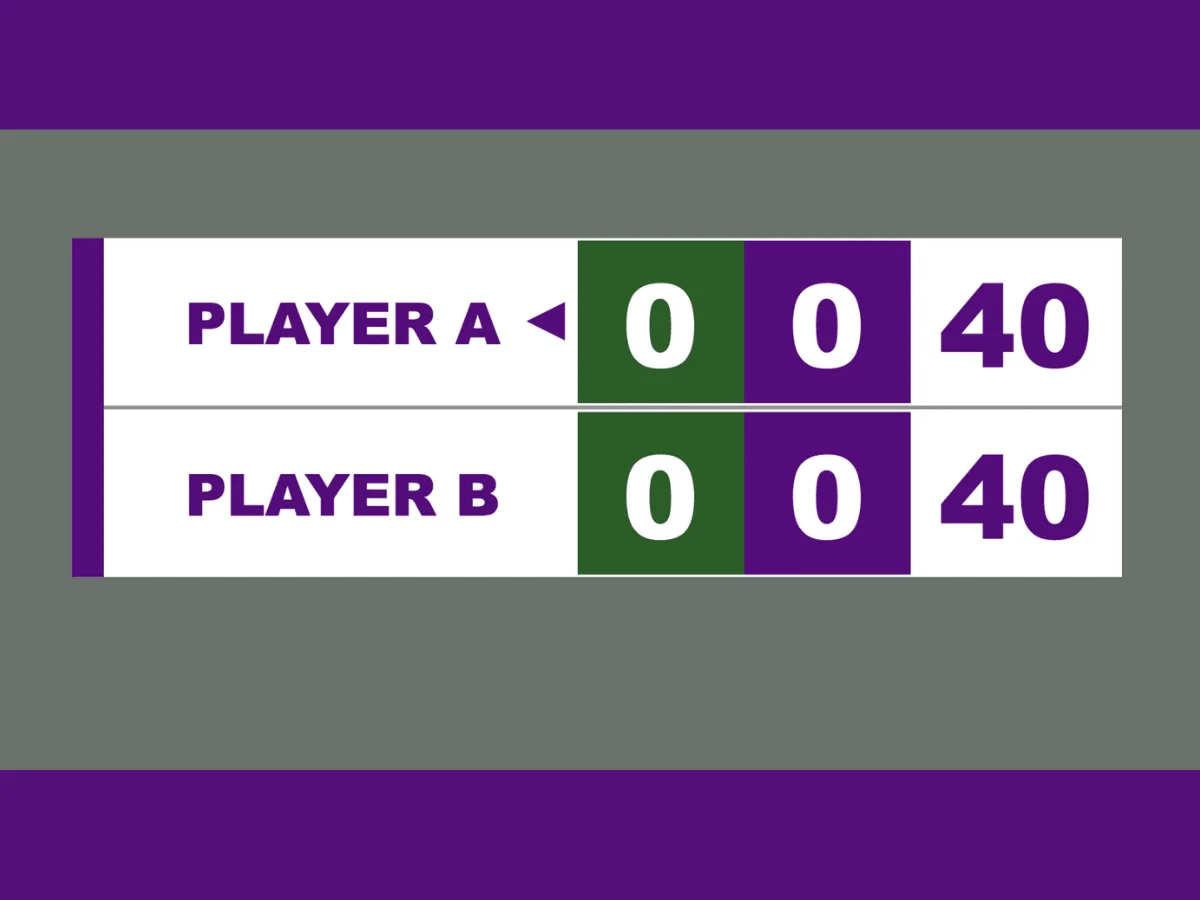
Court/ Dimension
The key differences between pickleball and paddle tennis courts are length, net presence, and wall structures.
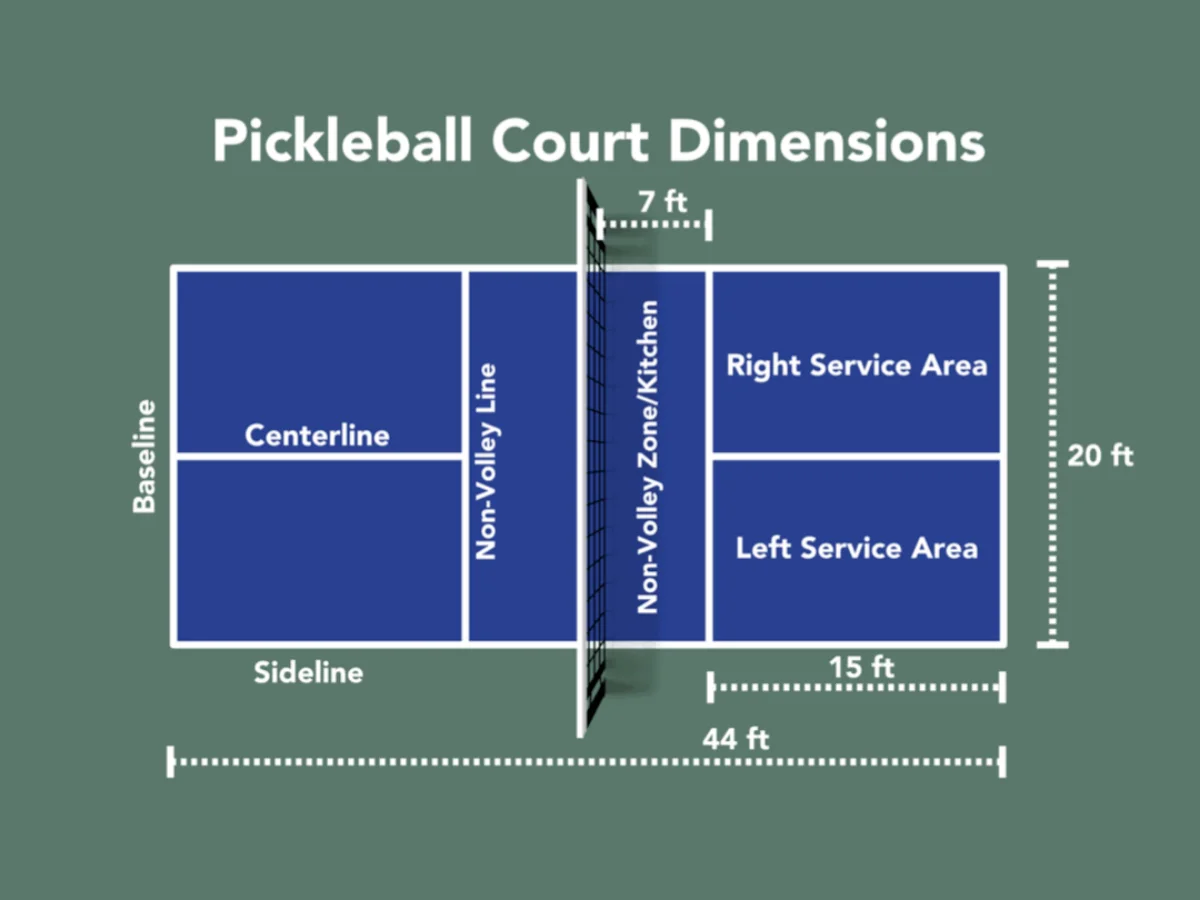
A Pickleball court is 20 feet wide and 44 feet long. The net divides it horizontally in half, and each half is identical. For more information, the height of a net is 36 inches at the furthest sidelines and drops to 34 inches at the center of the court.
For Paddle Tennis, it is played on a court that is 20 feet wide and either 34 or 40 feet long without a net. The court also has three walls, each 12 feet high.
Equipment
Ball
For ball, the key differences include material composition, size, bounce height, and hole patterns.
Pickleball balls are hard plastic spheres with 26 to 40 holes. They weigh between 0.78 and 0.935 ounces.
When dropped from 78 inches at about 70°F, they bounce 30 to 34 inches high. The material is usually hard plastic! These specs ensure consistent play across courts.
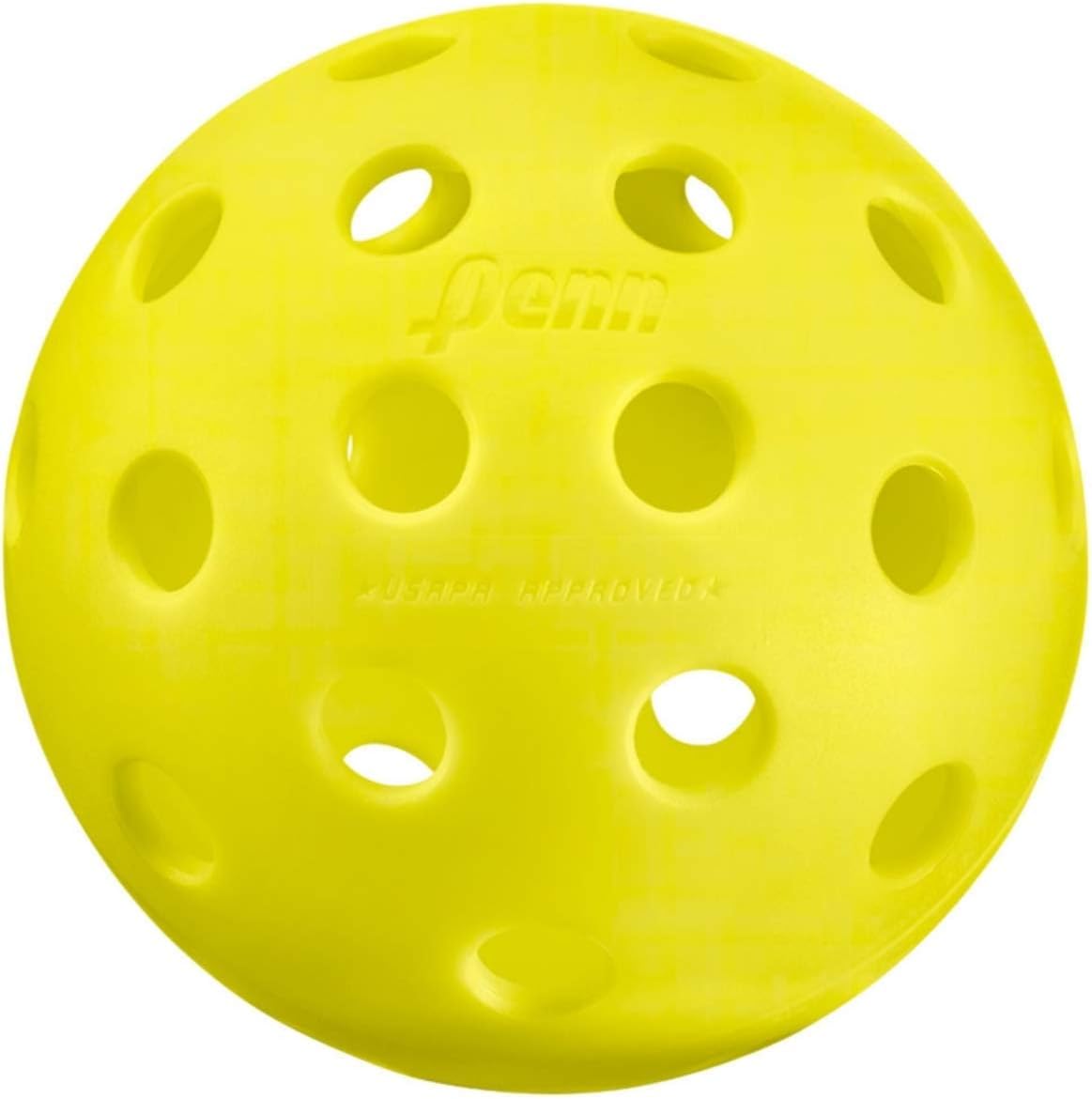
Paddleball balls are different. They’re typically small, soft rubber balls, though some versions use plastic balls about the size of a softball.
These plastic balls have air holes to reduce air resistance as they fly. Paddleball balls have less bounce than pickleball balls. When dropped from 6 feet up, they only rebound about 3.5 feet.
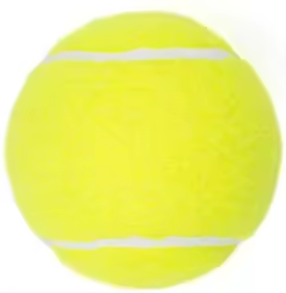
Paddle
Pickleball vs paddleball paddles really differ in hole presence, overall shape, material composition, and size dimensions.
Pickleball paddles are solid without holes! It’s the big difference you can see with your eyes! The material is typically made from composite materials with a graphite face, though wood and plastic versions exist.
For size, there are no more than 24 inches in combined length and width, with a maximum length of 17 inches. Most are 7-8 inches wide and 15-17 inches long. Plus, they usually range from 6 to 14 ounces!
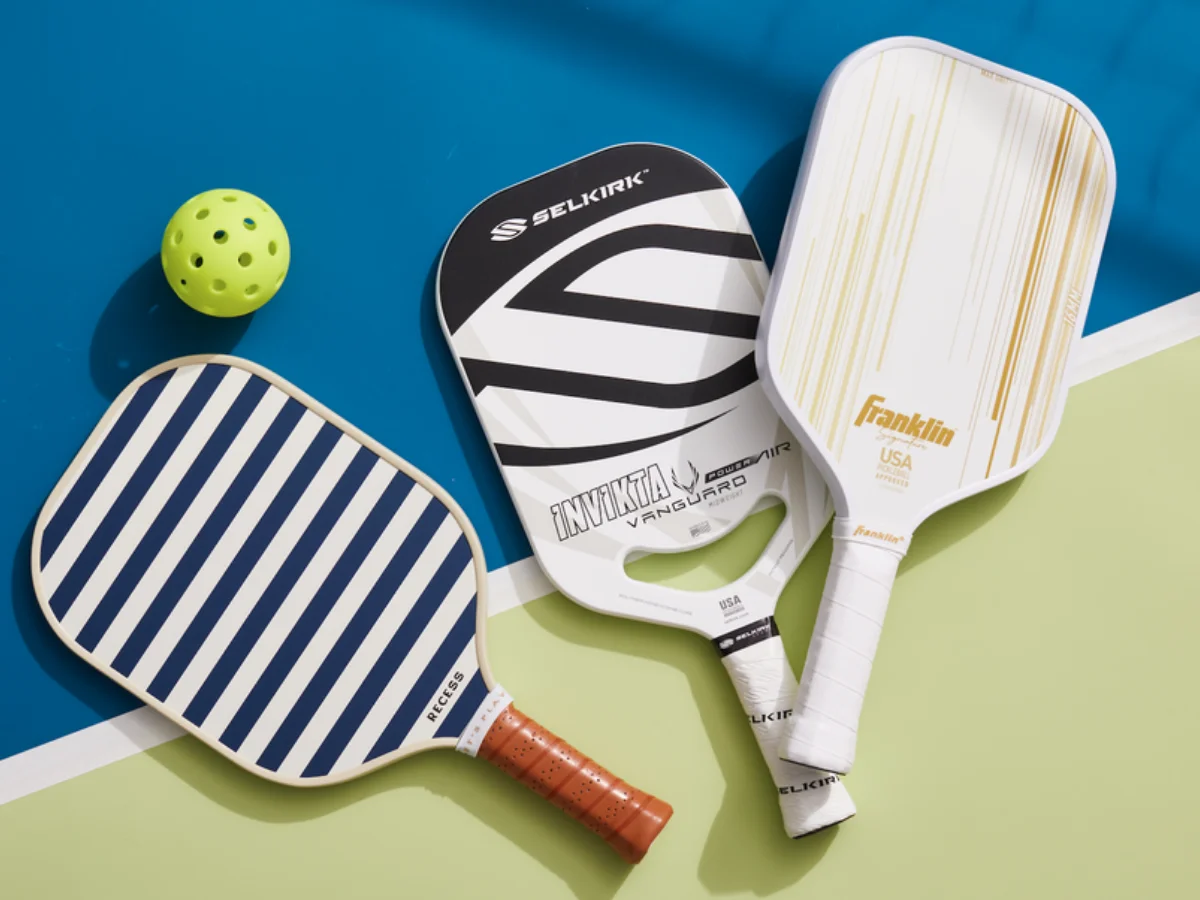
On the flip side, paddleball paddles have a unique design with holes to reduce air resistance, allowing for faster swings. They’re generally rounder than pickleball paddles and are smaller overall. Paddleball rackets are typically rubber, contrasting with the more complex materials used in pickleball paddles.
For more detail, they are smaller than other racquet sport paddles. They’re typically 18 inches long, 8 inches wide, and weigh 10 to 14 ounces. A standout feature is their waffle-textured grip, which helps players maintain control even with sweaty hands.
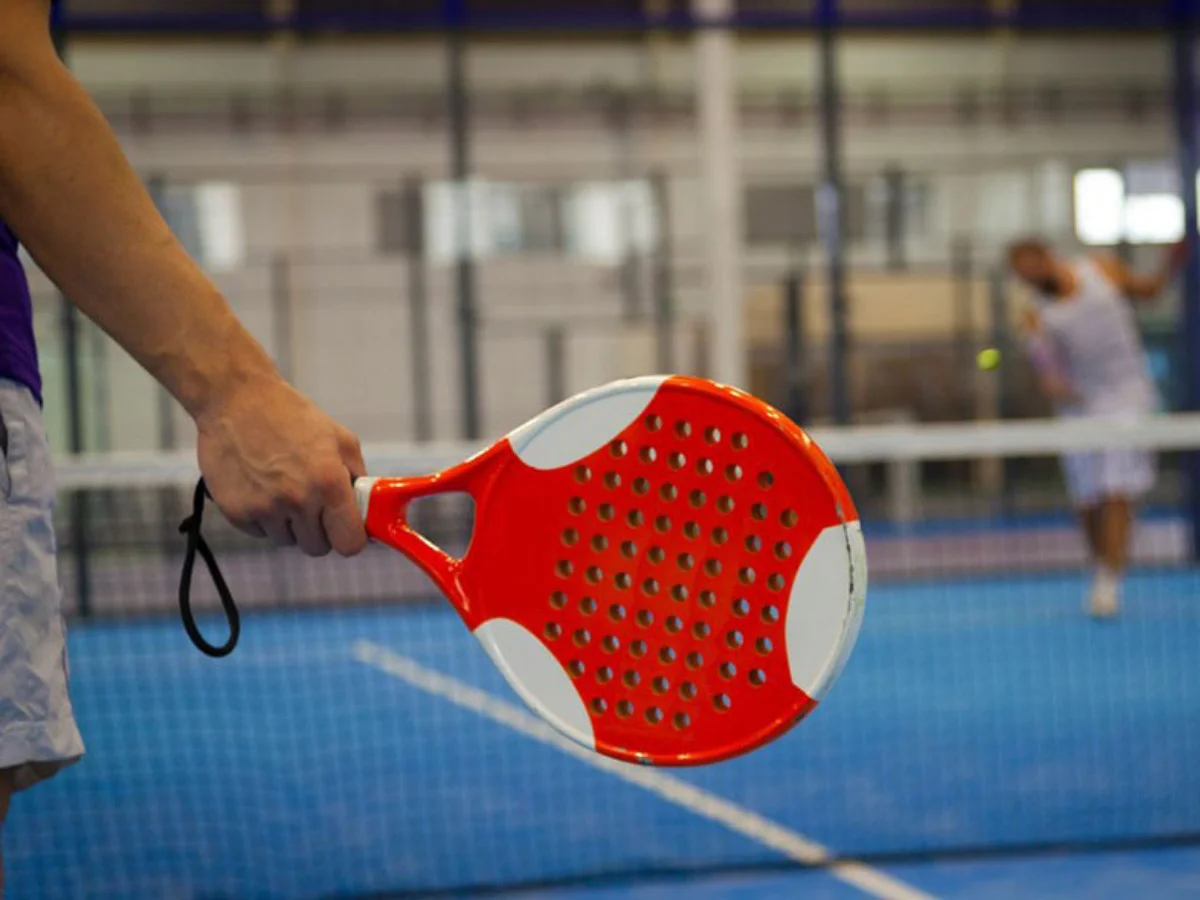
But you know what? These differences aren’t random! They’re purposeful design choices that match each sport’s needs.
Popularity
Did you know that pickleball is the fastest-growing sport in the US for 2020, 2021, and 2022? The number of players increased by 85.7% in 2022, and the total number is estimated to be 36.5 million. Sound amazing? Additionally, more than 13.6 million people played pickleball across the US in 2023.
We will explain the reason for this wide popularity! Pickleball has gained widespread popularity due to its accessibility and ease of learning. It combines tennis, ping pong, and badminton elements!
What an enjoyable and engaging sport suitable for individuals of all ages! The pandemic has fueled the sport’s expansion, with over half a million individuals taking pickleball since 2024.
Without specific data on Paddle Tennis, it isn’t easy to make a direct comparison. However, based on the available data, pickleball appears to be more popular.
Calories
We know that one of the most important things to consider when deciding to play a sport is the number of calories burned in your body. Yes, everyone wants to lose weight!
Let’s start with pickleball. This sport offers a tremendous calorie-burning opportunity. The statistics provided by Pickleheads below will surprise you!
- A 160-pound person can torch around 500 calories per hour while playing pickleball.
- However, if the game becomes more demanding, the calorie burn for a 160-pound person can increase to as much as 700 calories per hour.
- Plus, a 200-pound person may burn roughly 700 calories per hour during regular play and up to 900 calories per hour during a more intense match.
What impressive numbers!
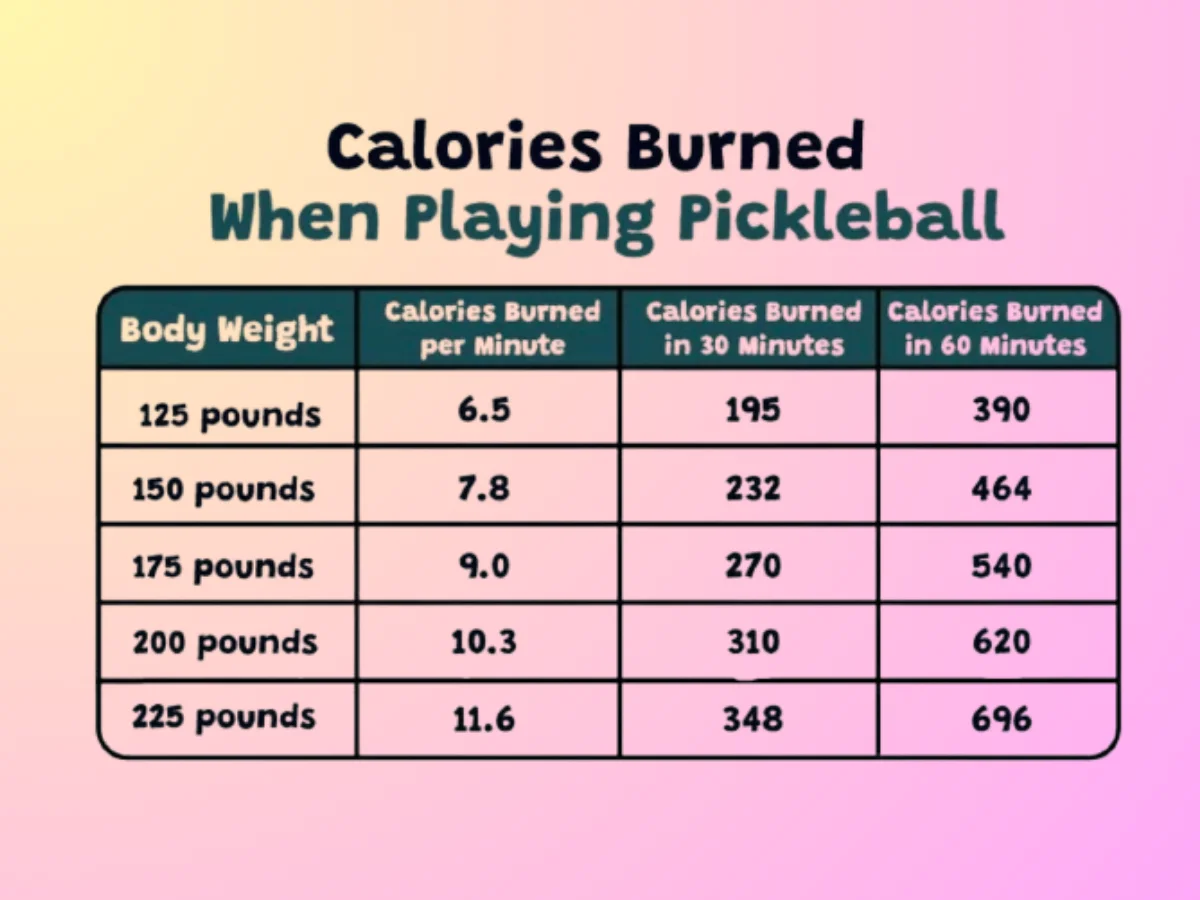
Now, onto the paddle tennis. Unfortunately, it’s challenging to provide precise statistics on calorie burning for this sport. However, it’s safe to say that factors influencing calorie expenditure in paddle tennis are likely to be similar to those in pickleball.
Anyway, using a fitness tracker is an excellent idea for a more accurate estimate tailored to your personal data!
Noise
Pickleball is known for its distinctive sound!
The noise is primarily generated by the hard plastic ball’s impact against the pickleball paddle’s face. The paddle face vibrates like a drum skin, and exciting acoustic resonances are heard within the paddle’s interior.
The short-duration impact force and the hollow construction of most pickleball paddles contribute to the loud popping sound that can be heard from a distance. Especially, the ball can produce a loud thud when it hits the court surface. From data from Northeastern Global News, the decibel level from pickleball can range from 45 to 70! Quite noticeable!
Moreover, the noise can be amplified by the occasional hollers and laughter from the players. The sound of a pickleball hitting a paddle can reach decibel levels of 70 dBA when measured 100 feet away from a court. What may be more impactful than the decibel, though, is the frequency.
Pickleball creates a high pitch, with a frequency of about 1.2k Hz, similar to the “beep, beep, beep” you hear when a garbage truck reverses.
On the other hand, information on the specific noise characteristics of paddle tennis is limited. However, the noise in paddle sports generally originates from the interaction between the ball and the paddle. The material of the paddle and the ball can also influence the noise! Harder materials tend to produce louder sounds upon impact.
In a nutshell, pickleball is often perceived as louder and more disruptive, particularly in residential areas, due to its distinctive popping sound and higher pitch!
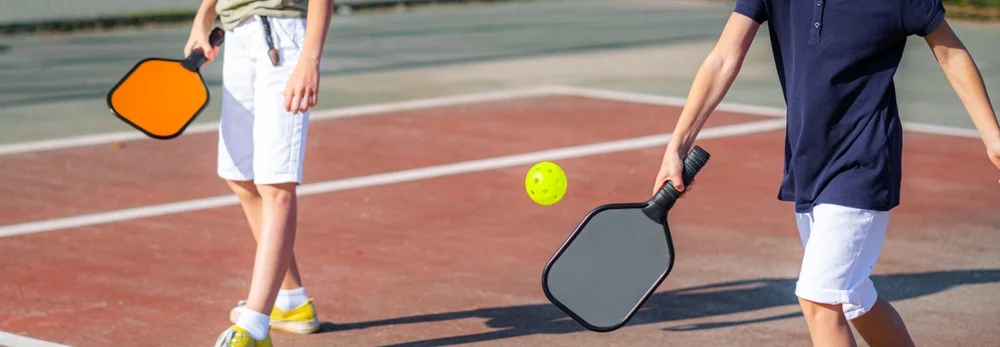
Difficulty
So what exactly is harder? Paddle Ball may be more difficult! On the other hand, Pickleball is generally seen as easier to learn, especially for beginners.
The primary reason is the higher physical demands and skill required in paddleball. Paddleball’s emphasis on speed, power, and quick reflexes! It is more complicated for players, especially new outcomes.
The sport requires excellent hand-eye coordination and precise control over a fast-moving ball, which can be particularly taxing. Additionally, the endurance factor in paddleball, where players often engage in time challenges to keep the ball in play continuously, adds another layer of difficulty.
In contrast, pickleball is less physically demanding and more focused on strategy and rule comprehension. Its unique rules, such as the two-bounce rule and the non-volley zone, are typically easier to master than the physical skills required for paddleball.
In Short
This article compared and contrasted paddle ball vs pickleball in detail manners! This comparison includes aspects such as rules, scoring systems, court dimensions, equipment, popularity, and difficulty.
The most visible differences are in their equipment and court setups! Pickleball uses solid paddles and a perforated plastic ball on a netted court, while padel employs perforated rackets and a pressurized ball played on a walled court.
We focused on highlighting the most significant distinctions between the two sports, drawing from reputable information sources such as USAP, Pickleheads, Net World Sports,… and personal experiences for a long time in sport world to ensure accuracy.

